Top Road Trips in Spain
Aug 28, 2023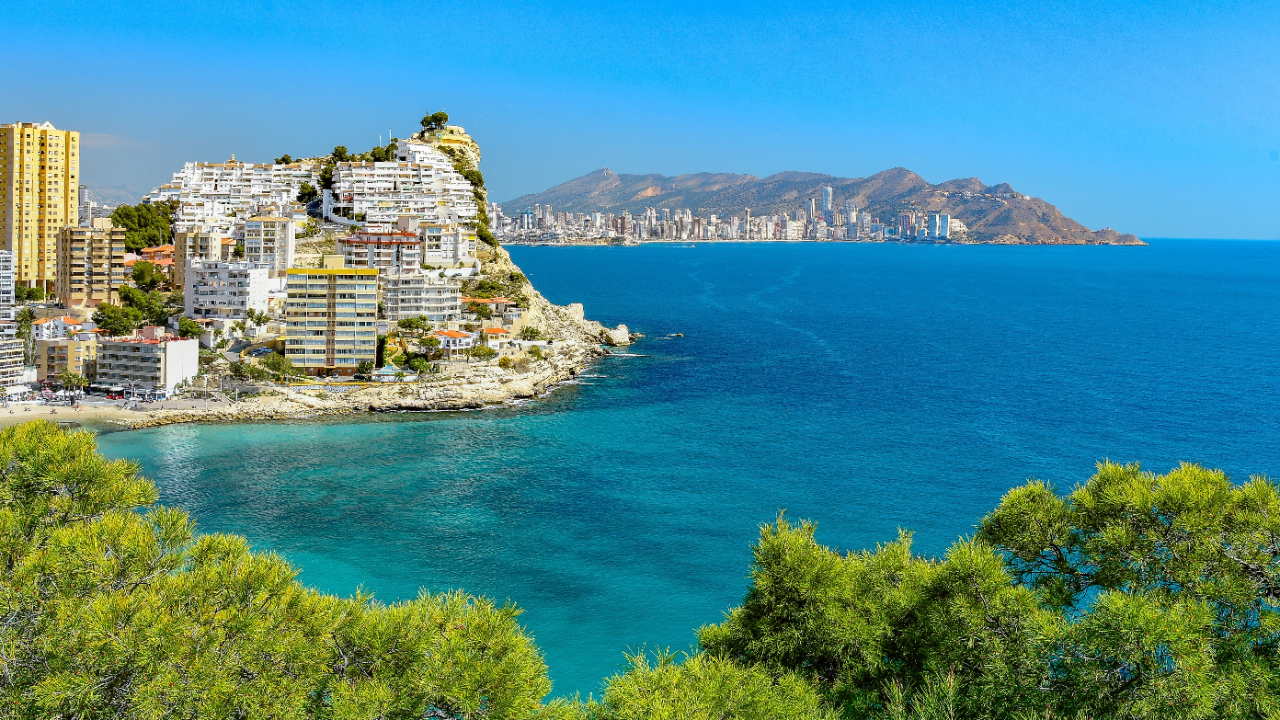
From Mediterranean coastline to winding wine route of Rioja, Spain is on road trip radar for several reasons. While Spain usually evokes images of the buzzing cosmopolis of Barcelona, or the expansive and vibrant capital city of Madrid, there is so much more to this vibrant nation—made easily explorable with a car. (If driving in Spain is something that gives you pause, let us reassure that it’s not intimidating as long as you go in prepared. Check out our comprehensive Tripiamo guide to driving in Spain to feel confident and safe when driving abroad.)
Spain is a large and very diverse country, offering a bit of something for everyone. If you’re not sure where to start when figuring our where to road trip in Spain, let our list offer some inspiration.
1. Costa del Sol to Costa Brava:

Why go? This coastal road trip takes you along the Mediterranean coast, passing through some of Spain’s most iconic cities including Málaga, Granada, Valencia, and Barcelona. With this lineup of cities, you can choose your own adventure. Choose Málaga for beaches, historic sites, and an art scene. Granada is one of the most historic of the Spanish cities, known for the Alhambra (pictured above), a breathtaking Moorish palace (one of our favorite sites!). Valencia has a more modern vibe, but at the same time offers a stunning Old Town. And of course, Barcelona, a city that needs no introduction—from stunning Gaudi architecture (including La Sagrada Familia) to the historic Gothic Quarter, to the glitz and glam of the city’s newer neighborhoods, Barcelona is definitely worth a stop (or several). From there, the route will take you to the stunning Costa Brava, known for its rugged coastline, charming fishing villages, and beautiful beaches. Make sure to check out towns like Lloret de Mar and Tossa de Mar, which offer beautiful Mediterranean waters, sandy shores, and water activities.
What to know: In older cities, like Málaga and Granada, roads can be incredibly narrow, especially as you get closer to the historic centers. Larger cities, including Barcelona, present typical big city challenges—congestion, limited parking, and pedestrian traffic. While we recommend having a car to travel between the key sites of the route, we might recommend walking or using public transit when in any of these major cities. In addition, some cities have established Low Emission Zones (ZBE) in certain areas to reduce pollution. Some vehicles might not be allowed to enter these zones or might require a permit.
2. Picos de Europa Circuit:
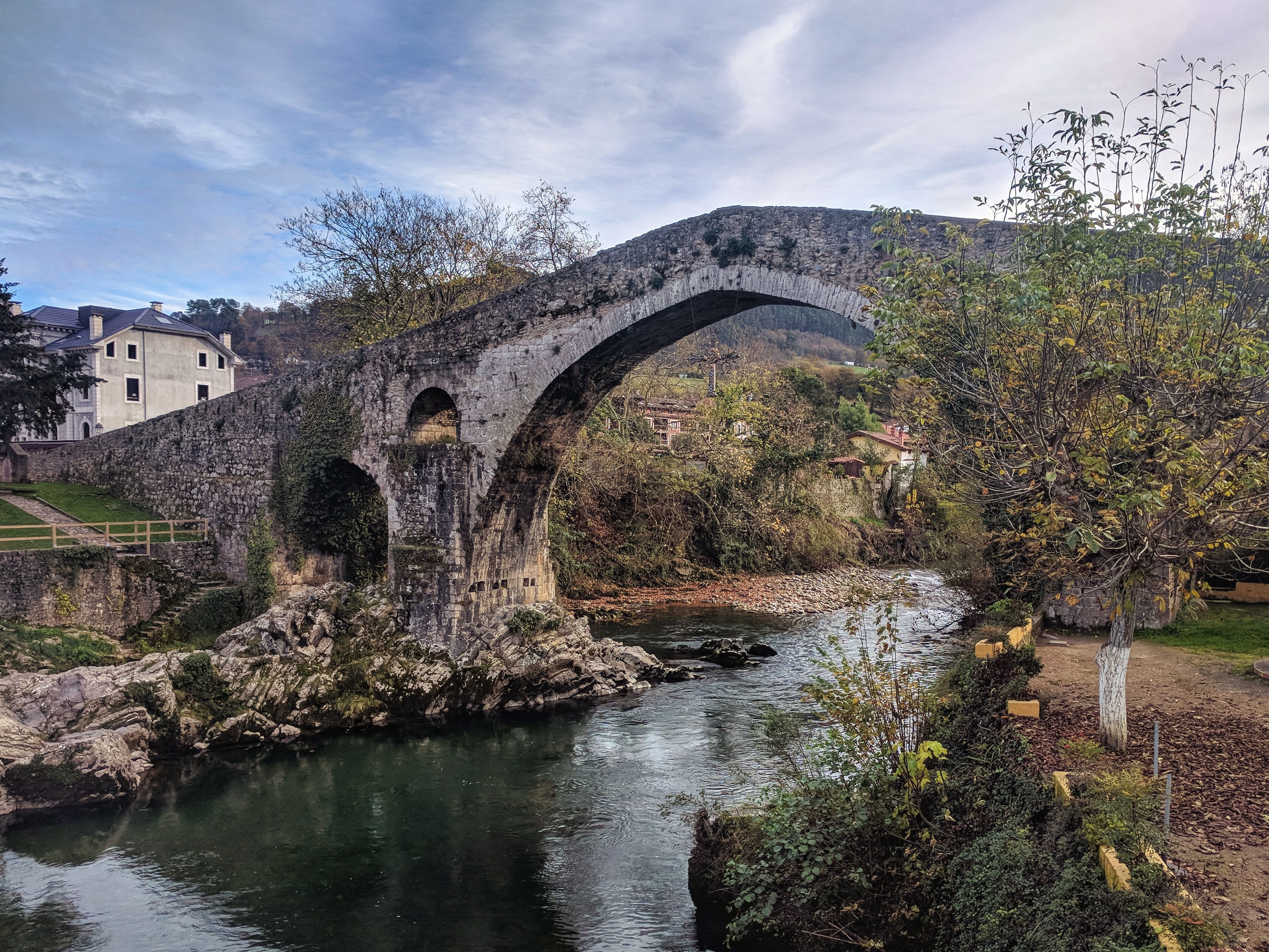
Why go? Picos de Europa National Park, in northern Spain, is a stunning region known for its rugged mountain range, lush valleys, and charming villages. The suggested route includes Potes to Fuente Dé, where you can take a cable car that provides breathtaking views of the surrounding mountains. From there, you can head to Arenas de Cabrales, known as the gateway to the mountains. Other highlights include Cangas de Onís, a picturesque town with a famous Roman bridge (pictured above); the Sanctuary of Covadonga; and Llanes, a coastal town with a scenic promenade. The circuit will naturally take you back to where you start, with plenty of cinematic views and historic towns to visit along the way.
What to know: The Circuit involves driving on mountain roads with varying degrees of difficulty. Some roads are steep, narrow, and winding, so be prepared for driving in such conditions. In addition, weather conditions in the mountains can change rapidly, so make sure to be informed before setting out.
3. Andalusia's White Villages:
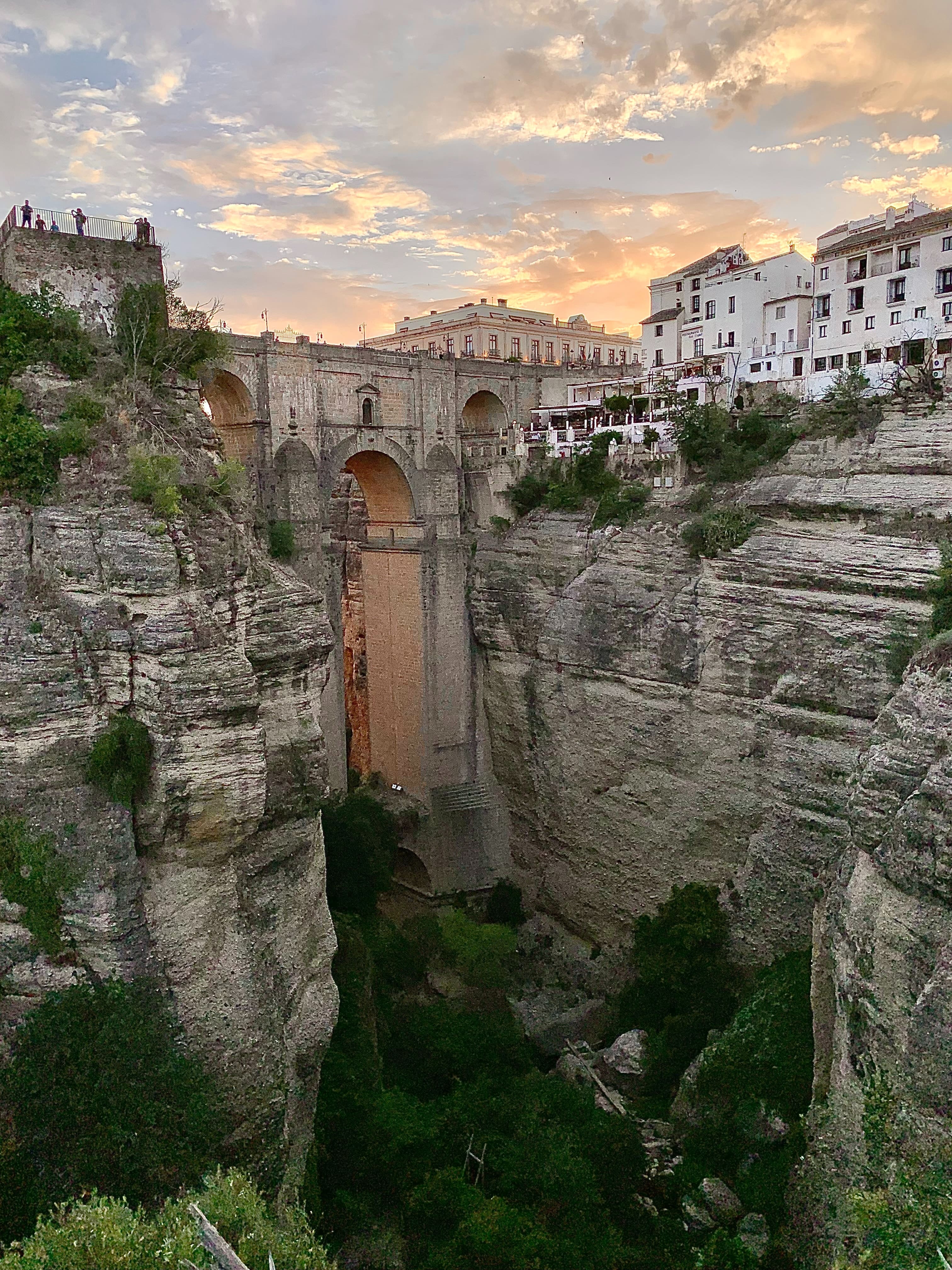
Why go? The “Pueblos Blancos” in Spain will certainly win any traveler over. The name comes from the Andalusian tradition of whitewashing buildings, a tradition that can be seen in towns like Ronda (pictured above), Arcos de la Frontera, Zahara de la Sierra, and Grazalema. The picturesque towns are situated among breathtaking mountains, making this region a dream road trip destination for photographers and artists. In addition, a visit to this region is a great way to experience Spanish culture at a slower pace. Take the time to absorb the rich history and craftsmanship of the region for a nice reset from the country’s busier urban centers.
What to know: As all of the towns in this historic region are quite old, you’ll find that many of the streets are narrow (keep that in mind before renting a large vehicle). They also often lack adequate parking. Because of the remote nature of some of the towns, it’s also best practice to fuel up when you can.
4. La Rioja Wine Region:
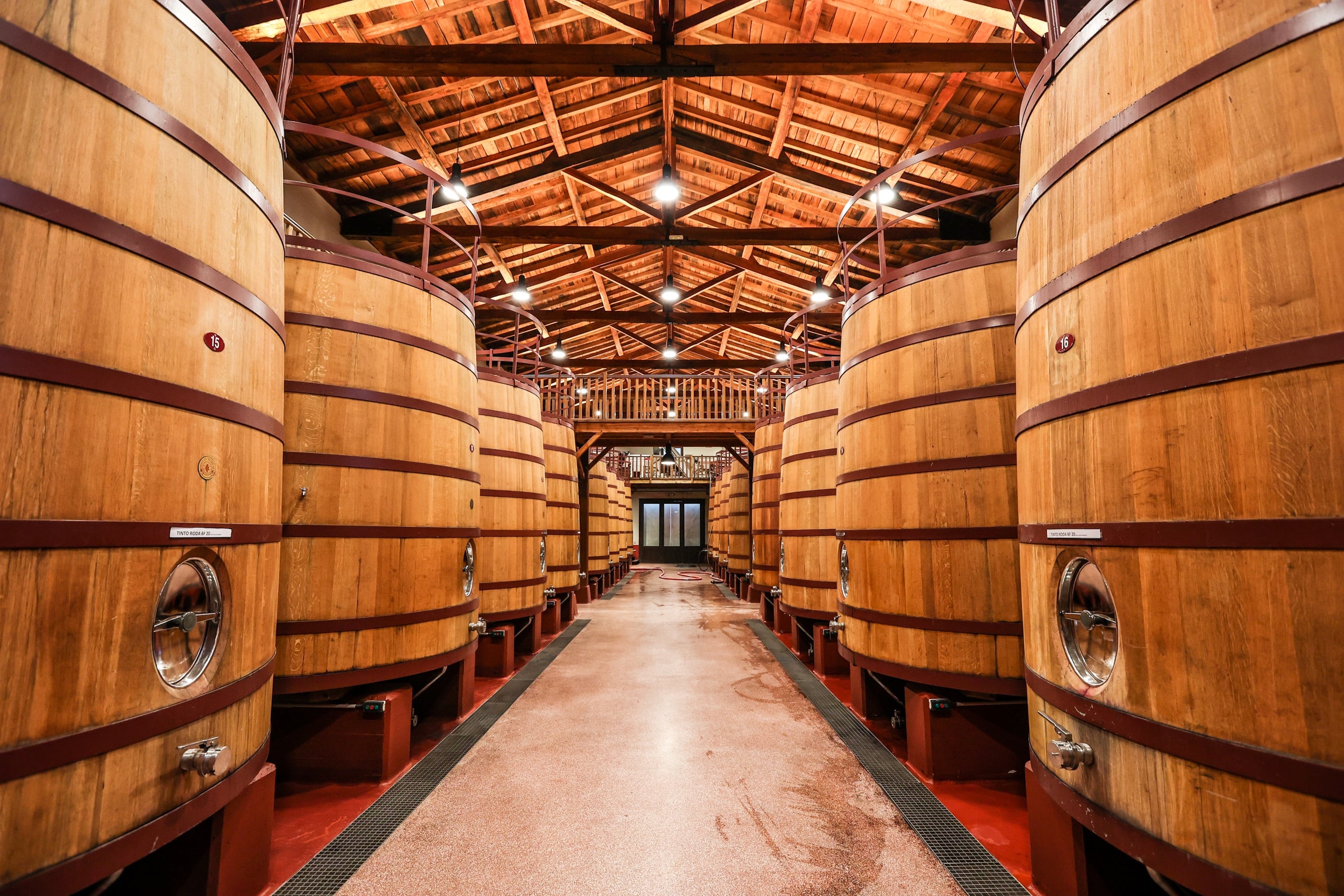
Why go? La Rioja is a must for anyone that likes vino. This road trip takes you through rolling hills and medieval towns while allowing you to enjoy some of Spain's finest wines from Tempranillo to Garnacha to Albariño. Need we say more? Research ahead as there are hundreds of wineries in the area. It’s also worth visiting some of the charming towns of the region like Logroño, Haro, or Briones.
What to know: As driving and drinking should not be mixed, we recommend designating a driver to ensure a safe journey. In peak season, some of the more popular wineries get crowded, so plan ahead and make reservations (both for wineries and accommodations) early on.
5. Camino de Santiago Route:
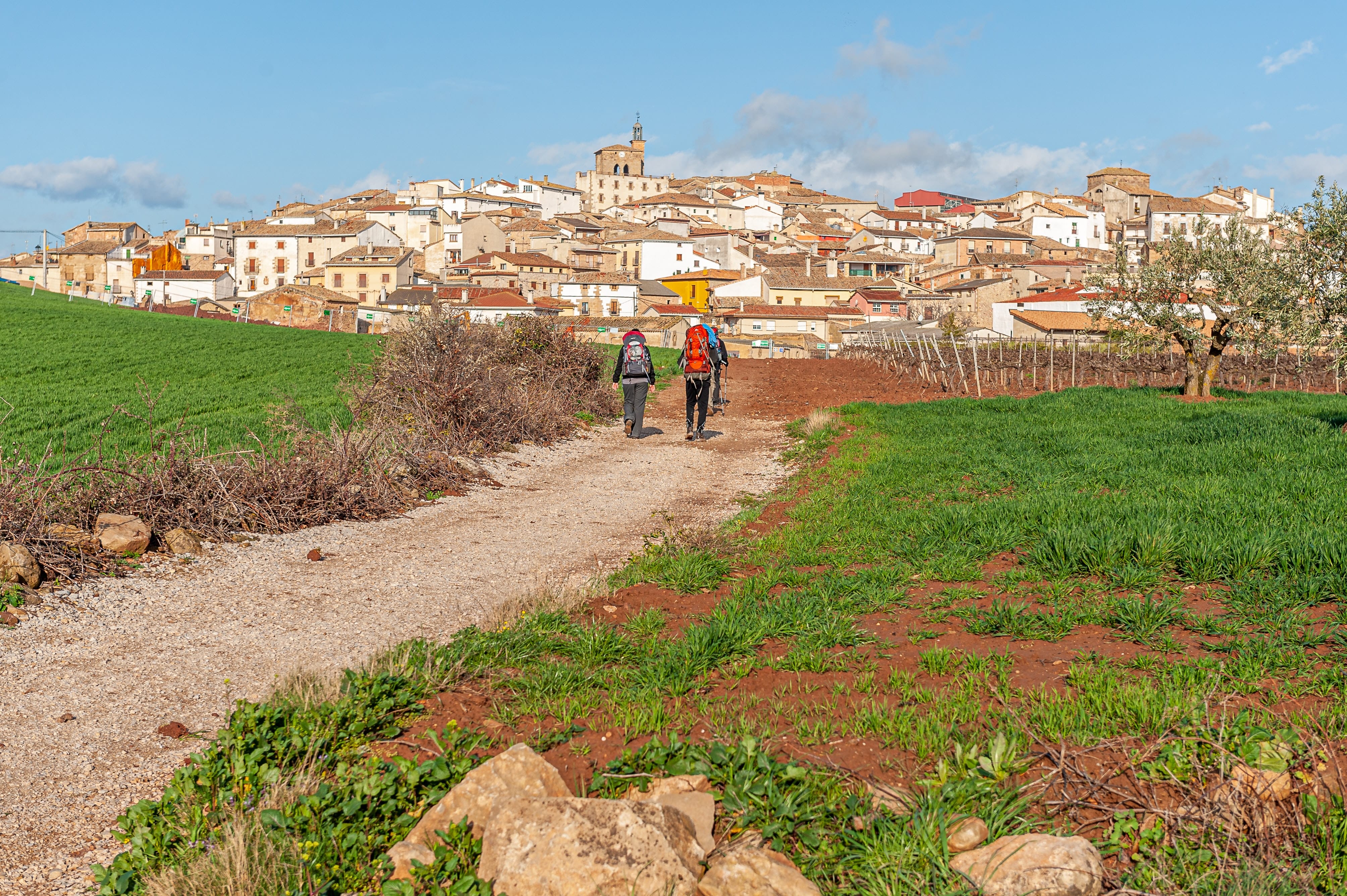
Why go? The Camino de Santiago, also known as the Way of St. James, is a network of pilgrimage routes that attract thousands of devotees each year. While the official pilgrimage involves a walk of at least 100 kilometers, you can also drive along the Camino de Santiago routes to experience the religious or cultural significance of the region. More than just a pilgrimage route, the Camino offers stunning landscapes, historic sites, and charming villages along the way.
What to know: While most of the Camino is open to vehicles, it’s important to note that it’s primarily a route for pedestrians and cyclists. We encourage you to respect the pilgrims, giving them the right of way. Some parts of the Camino also have narrow roads or gravel paths that might not be suitable for all types of vehicles. Research ahead of time, as there are several routes you can take through the region.
6. Transcantábrico Route:
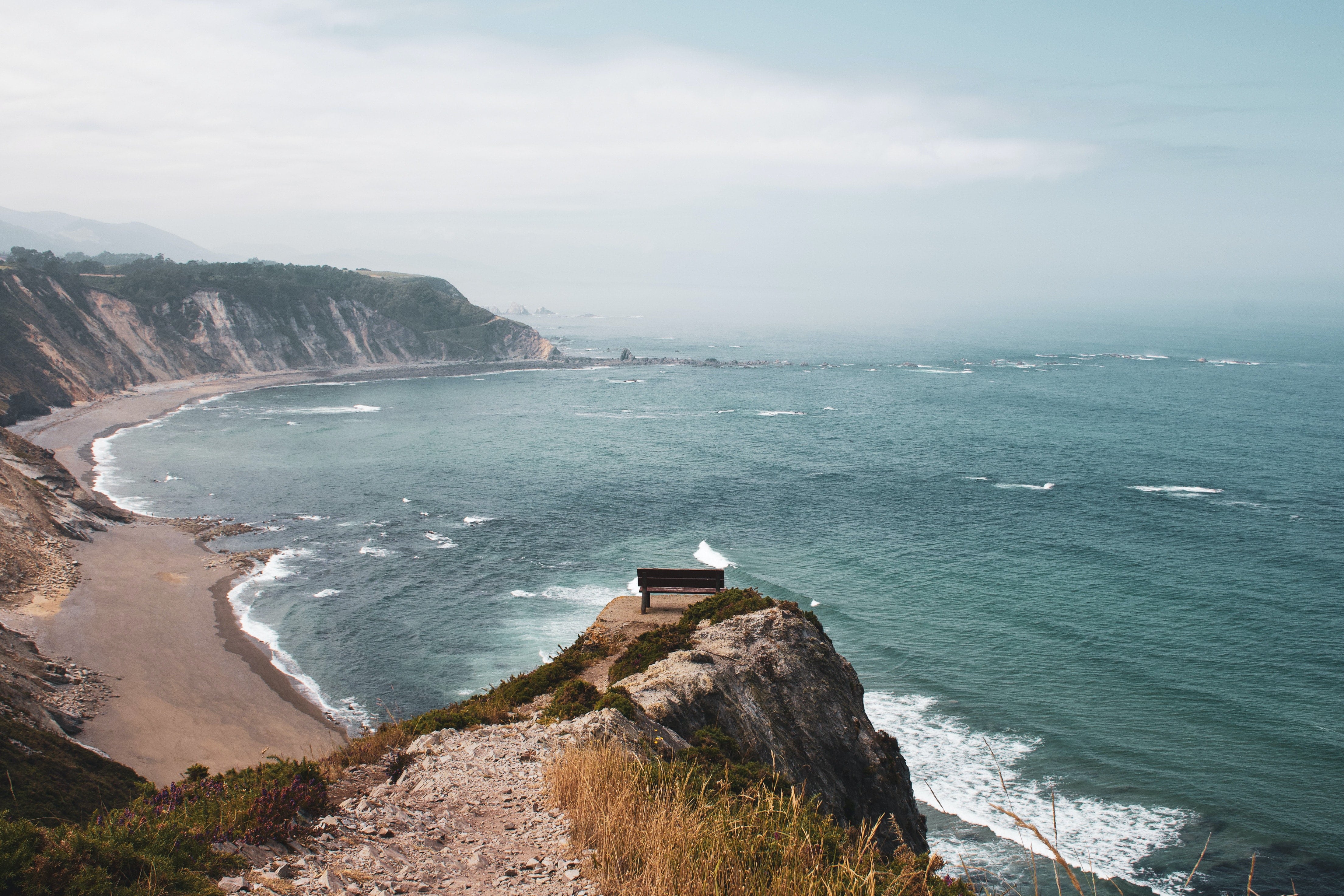
Why go? Also known as the "Green Coast" route, this is one of the most beautiful road trips in Spain. Traveling along the northern coast, you’ll get breathtaking views of the Cantabrian Sea, including rugged mountains, beaches, and lush valleys. You’ll also pass through numerous charming coastal villages and historic towns like Santiago de Compostela, Oviedo, Ribadeo, and Santander, each with its own unique character, culture, and traditions. For the foodies in your group, they’ll be happy to know Northern Spain is renowned for its gastronomy, especially their seafood, cheeses, wines, and traditional dishes.
What to know: Like other coastal routes, the roads can be narrow and winding. Drive at a safe speed and be cautious around passing vehicles. Otherwise, this route isn’t quite as highly trafficked as others in Spain, so it should be enjoyable. Remember to stop and take in the view—this route is very flexible so we encourage taking it at your own pace.
7. Aragon Pyrenees Loop:
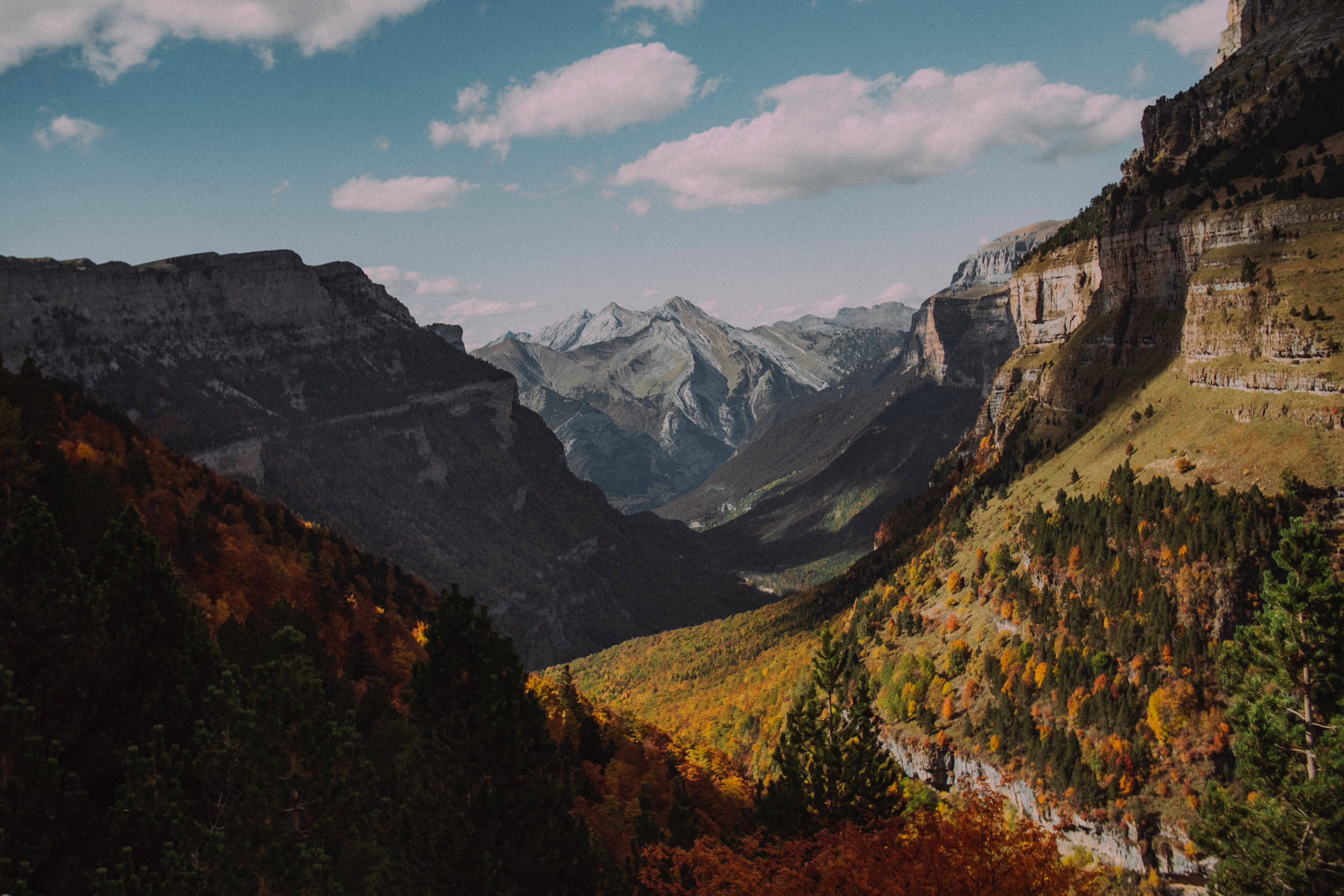
Why go? This scenic driving route takes you through the breathtaking landscapes of the Pyrenees mountain range. The loop will also go through Ordesa and Monte Perdido National Park, a UNESCO World Heritage Site renowned for its dramatic canyons, waterfalls, and diverse ecosystems. Your road trip should also include Benasque Valley, Aneto Peak, and Posets-Maladeta Natural Park, and the historic town of Jaca.
What to know: As this is a mountain route, be prepared for steep and narrow roads in certain areas. The weather in the Pyrenees can also be unpredictable, especially in higher elevations. Be prepared for changes in conditions, including rain, fog, and even snow, and keep this in mind when choosing your vehicle as well. If you choose to visit Ordesa and Monte Perdido National Park, know that private vehicles are not allowed to drive within the park. There are designated parking areas outside the park connected by shuttle bus the park's main trailheads and visitor centers.
8. Mediterranean Costa Blanca:
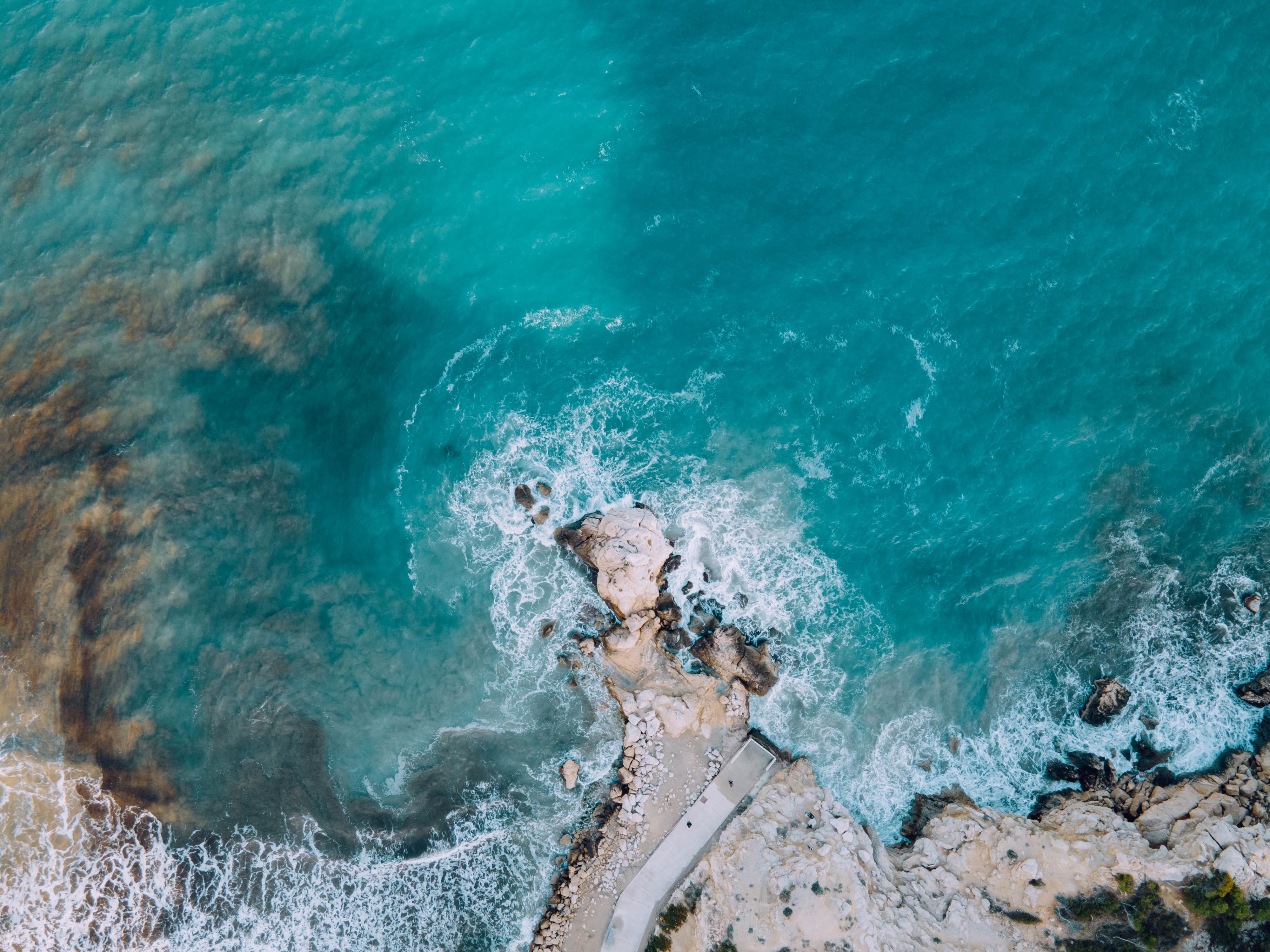
Why go? The Costa Blanca region is known for its beautiful beaches and stunning vistas. Stop in the capital of the province, Alicante, known for its historic old town, picturesque harbor, and the impressive Santa Bárbara Castle. Other highlights include Altea, known for its more bohemian atmosphere and a famous blue-domed church; Denia, a coastal town known for its historic castle and fresh seafood; Guadelest, a town tucked into the mountains; Jávea, home to Montgó Natural Park; and Cabo de la Nao, a stunning cliffside town.
What to know: Major roads and highways in Costa Blanca are generally well-maintained and easy to navigate. However, in rural areas or mountainous regions, you might encounter narrower roads, winding routes, and steep inclines. In addition, some of the more popular coastal cities and popular tourist areas can experience heavier traffic, especially during peak tourist seasons.
With so much gorgeous scenery, from mountain ranges to pristine beaches, incredible historical sites and towns, and fantastic culinary culture, we’d be hard pressed to find a reason not to road trip in Spain. While public transit is recommended in some of the most populated cities, there is so much of the nation that is best seen by car. To learn the ins and outs before you go, including reading road signs, fueling up, and local driving etiquette, check out our Spain driving guide. Buen viaje!
Thinking About Driving Abroad?
Tripiamo offers quick & comprehensive driving tutorials by country for anyone planning an international journey.
Sign up for Tripiamo's FREE newsletter for more travel tips!
